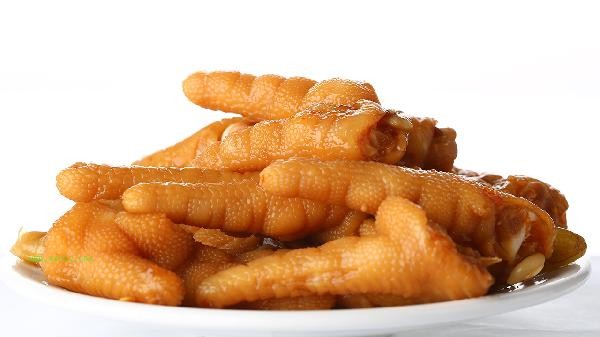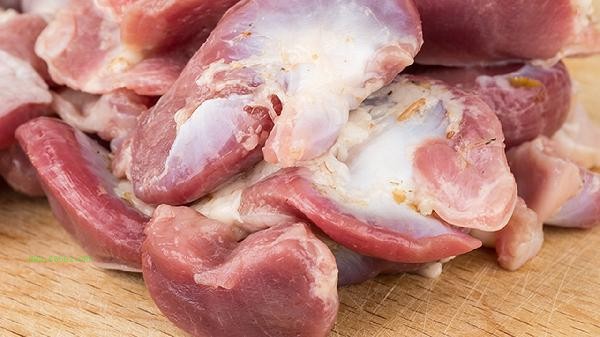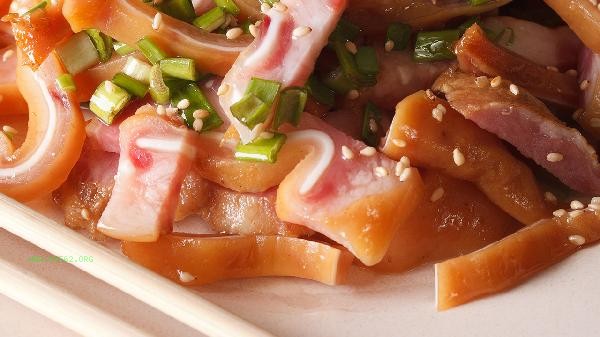Pull up mainly exercises the back muscles, arm muscles, and core muscles, with a focus on stimulating the latissimus dorsi, biceps brachii, and shoulder muscles.

1. The stimulation of the latissimus dorsi muscle is most significant when pulled upwards. The latissimus dorsi muscle is the largest muscle in the back, located in the V-shaped area from the armpits to the waist. During the movement, when the body is pulled upwards, the latissimus dorsi muscle bears the main force, helping to complete the adduction and extension of the shoulder joint. Long term practice can enhance back width and strength, and improve hunchback posture with chest. During training, it is important to tighten the scapula and avoid shrugging to compensate.
2. biceps brachii
As the core of the flexor muscle group in the arm, the biceps brachii plays an auxiliary role in pull ups. When the palm is in a reverse grip position, the participation of the biceps is higher. Muscles assist in performing pull-up movements through elbow flexion, while forming a coordinated force with the back muscles. Excessive reliance on arm strength may lead to training effect deviation. It is recommended to maintain trunk dominance in exerting force.
3. Lower trapezius muscle
The lower trapezius muscle is responsible for stabilizing the scapula during movement. When the body is suspended, the contraction of this muscle group causes the scapula to sink and slightly retract, creating optimal conditions for the latissimus dorsi muscle to exert force. Strengthening the lower part of the trapezius muscle can prevent shoulder joint instability and reduce the risk of rounded shoulders. During training, it is necessary to avoid the wrong posture of shrugging or leaning forward with the shoulder blades.
4. Core muscle groups

Core muscle groups such as rectus abdominis and oblique abdominis maintain body stability during pull ups. In the suspended state, the core muscle group continues to contract to prevent the body from swinging, ensuring efficient transmission of strength to the upper limbs. insufficient core strength may lead to movement deformation. It is recommended to strengthen this area through training such as flat support.
5. Forearm muscle groups
The forearm flexors and grip muscles are responsible for grasping the horizontal bar and are the basic guarantee for completing movements. Insufficient grip strength can limit the number and effectiveness of training groups, and targeted reinforcement can be achieved through farmer walking or hanging exercises. It is recommended to use full grip instead of half grip during training to avoid injury caused by excessive wrist flexion.
Pull up is a compound strength training movement that needs to be gradually adjusted according to individual physical abilities. Beginners can start with elastic band assistance or reverse rowing, gradually transitioning to standard movements. Practice 2-3 times a week, 8-12 times per group, with 60-90 seconds of rest between groups. Before and after training, it is necessary to fully warm up and stretch, with a focus on relaxing the shoulder and wrist joints. Ensuring sufficient protein intake in diet, combined with lower limb training such as squats and hard pulls, can achieve coordinated development of the whole body. If there is shoulder pain or discomfort in the wrist, the training should be paused and a professional coach should be consulted to adjust the movement mode.









Comments (0)
Leave a Comment
No comments yet
Be the first to share your thoughts!